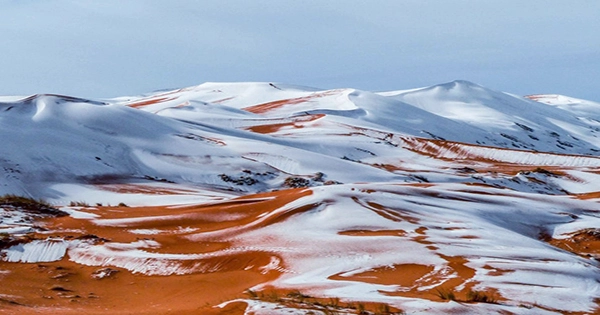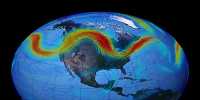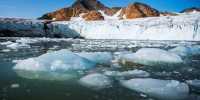Snowfall in a hot desert may seem counterintuitive, but the Sahara Desert has seen snow on multiple occasions in recent decades, most recently in January 2022. As a result, while the snowfall is exceptional, it is not unprecedented in the region. Two unique weather conditions are required for snow to form: cold temperatures and moist air. The occurrence of snow is due to a unique mix of atmospheric air circulation and the nature of the land surface where the snow falls.
Because of the bare desert surface and cloudless skies, the Sahara regularly sees exceptionally high temperatures (above 50°C). However, low temperatures are occasionally recorded (especially at night). During the northern hemisphere winter of 2005, Algeria experienced a maximum temperature of -14°C. The Sahara is the largest hot desert on the planet. Algeria, Chad, Egypt, Libya, Mali, Mauritania, Morocco, Niger, Western Sahara, Sudan, and Tunisia are among the 11 nations in northern Africa that make up the region. It is surrounded on the west by the Atlantic Ocean, on the east by the Red Sea, on the north by the Mediterranean Sea, and on the south by the Sahel Savannah.
Winter air circulation patterns pull cool, moist air from the Atlantic and Mediterranean towards the northern Sahara. As a result, the Saharan fringe receives more winter precipitation this season. Rising air can chill, condense, and, if the air is cold enough, its moisture can freeze to create snow crystals and, eventually, a blanket of snowfall over higher land, such as the Atlas Mountains of Morocco and Algeria. Snow can stick around and not melt away if the land surface is likewise chilly.
Snow can occasionally be found in the Sahara under these meteorological conditions and in these hilly places. The Sahara’s center is hyperacid, with less than 100 mm of annual rainfall, although three of its four corners include water bodies. Low-pressure cyclones in the northern Sahara during winter and monsoon rains in the southern Sahara during summer bring wet air in from the Atlantic Ocean, Mediterranean Sea, and Indian Ocean. As a result, the desert’s outskirts are wetter than its core. As a result, snow is more likely to form in the desert’s outskirts. Because of its proximity to the Atlantic and elevation, the Atlas Mountains in particular operate as a snow trap.
In the northern hemisphere winters of 1979, 2016, 2017, 2018, 2021, and 2022, the Algerian town of An Séfra got snow. The latter storm was only a light dusting, changing the sand dunes with a thin white coat, but higher elevation locations received up to 30 cm of snow in 2018. The Atlas Mountains include a number of ski resorts (most of which use machine-made snow), indicating that snow falls frequently here.
Is snow becoming more or less prevalent in the Sahara? The short answer is that we haven’t figured it out yet. This is due in part to a dearth of historical data, but it’s also because climate modeling efforts haven’t focused on the Sahara, which has a low population density. The Sahara’s immensity (9 million km2) and remoteness are two of its most important characteristics. This means that rather than field observations, satellite remote sensing methods are now employed to map the time, volume, and distribution of rainfall and snowfall. However, this only applies to the previous few decades: there is no evidence for snowfall patterns prior to the 1970s, when satellite records became accessible.
As a result, Saharan snowfall may have been more prevalent in the past than we thought. It would be fascinating to investigate this idea using anthropological evidence and oral histories. Climate change, on the other hand, is causing more unpredictable weather patterns around the world. This could entail more variability in rainfall across the Sahara’s wetter Sahelian border, as well as along the Atlantic and Mediterranean seaboards (including in the Atlas Mountains).
If colder temperatures prevail over the mountains, snow occurrences are likely to continue — and may become more unpredictable in timing and quantity. Although snow patterns are unpredictable, this is hardly the most pressing issue facing the Sahara as a result of climate change. The landward side of the mountains is expected to become dryer, while the Sahara’s center will remain dry and become much hotter. As a result of increased aridity, unsustainable pumping, and pollution of groundwater aquifers, there is less water available for agriculture and developing cities. The Sahara has grown in size in recent decades as the southern Sahel has been drier and desertified, and this trend is expected to continue in future decades.














